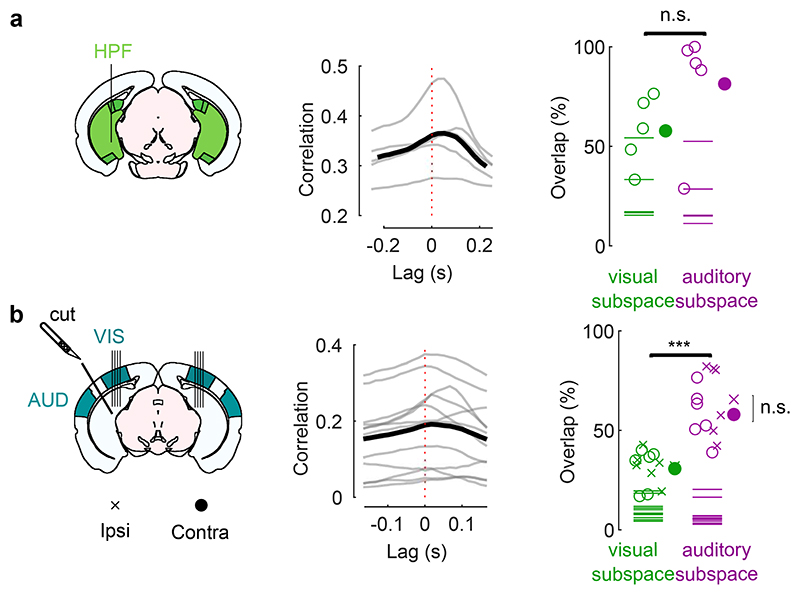Extended Data Fig. 6. Timing of movements and sound-related neural activity and overlap between neural subspaces related to behavior and sounds.
a. Left: Cross-correlogram of the motion energy and the neural activity on the auditory PC1 during the spontaneous period, for individual mice (grey) and averaged across mice (black). A positive lag means that movement preceded neural activity. Right: Overlap between the neural subspace related to behavior and the subspace related to video (left) or to sound (right), for each mouse (open dots) and averaged across mice (filled dot). Dashed lines show the significance threshold (95th percentile of the overlap with random dimensions) for each mouse (two-sided paired Wilcoxon sign rank test, n = 5 mice). b. Same as a for the recordings in visual cortex after a transectomy (***: p = 0.00048, two-sided paired Wilcoxon sign rank test, n = 12 recordings across 3 mice; comparison cut vs. uncut side: two-sided paired Wilcoxon sign rank test, n = 6 sessions across 3 mice).

